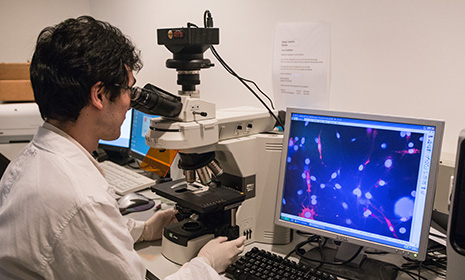Epidemiological research priorities for public health control of COVID-19 outbreak
February 13, 2020
Eurosurveillance
Benjamin J Cowling, Gabriel M Leung
Highlights
- A number of important characteristics of COVID-19 infection have already been identified. But in order to calibrate public health response, we need improved information on transmission dynamics, severity of the disease, immunity and the impact of control and mitigation measures that have been applied to date.
- The first large identifiable superspreading event during the present outbreak has apparently taken place on the Diamond Princess cruise liner quarantined off the coast of Yokohama, Japan, with at least 130 passengers tested positive as on 10 February 2020.
- It is well established that some infections can be severe, particularly in older adults with underlying medical conditions. But based on the generally mild clinical presentation of COVID-19 cases detected outside China, it appears there could be many more mild infections than severe infections.
- Infections would likely be more severe in older adults, obese individuals or those with underlying medical conditions, but there have not yet been reports of severity of infections in pregnant women, and very few cases have been reported in children.
- There are a number of urgent research priorities to inform the public health response to the global spread of COVID-19 infections. Establishing robust estimates of the clinical severity of infections is probably the most pressing because flattening out the surge in hospital admissions would be essential if there is a danger of hospitals becoming overwhelmed with patients who require inpatient care.
- In the medium term, we look towards the identification of efficacious pharmaceutical agents to prevent and treat what may likely become an endemic infection globally.








.png)
